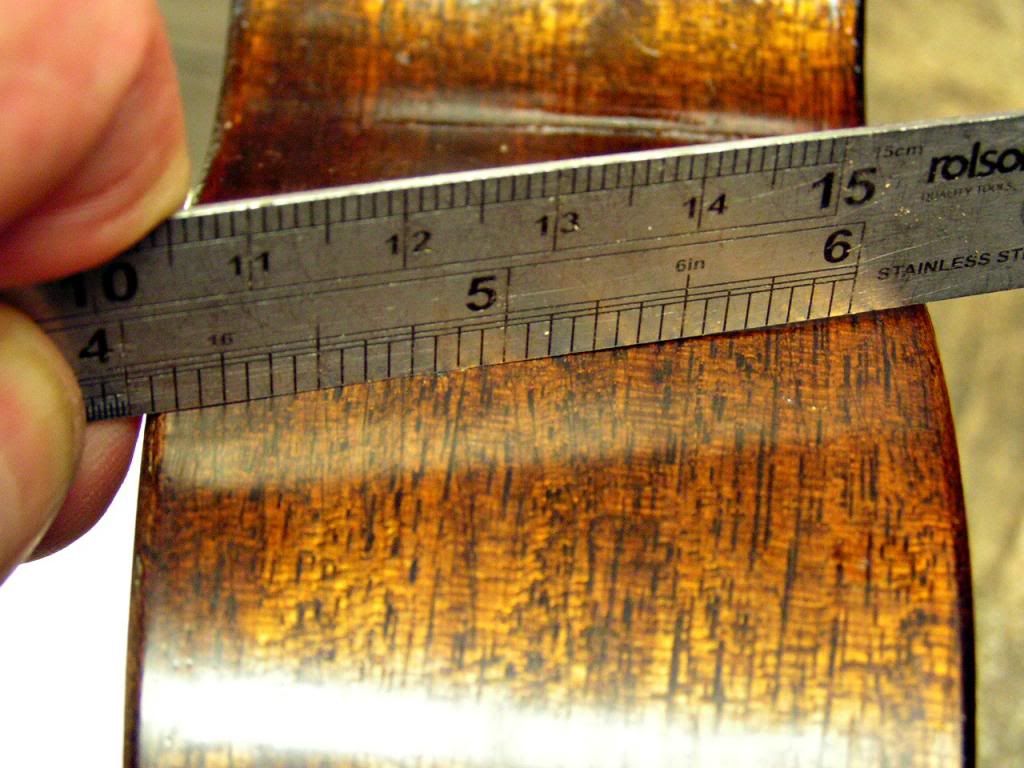Gary Gill
Well-known member
This is the fifth tenor I have made using this pear shape. This is the first one after I made both ends of the body with a 6” radius. I have studied Timbuck’s method.
I believed I had a reasonable fit of the dovetail neck to body in the unfinished state. Four days passed from the time I did the fitting until I sprayed the sealer on the neck and body separately. I then sanded the sealer, prepared to glue the neck to the body and found the fit was loose compared to the day I did the fitting. I used some strips of a brown paper bag as shims and glued joint with light pressure from just my hands. I considered a using a clamp as I have done that before and caused deflection of the finger board. Notice the slight gaps. My shop is not air conditioned and the temps were 70 to 80 F and humidity was 40% to 55%.
Do you have any suggestions for improving my methods? Maybe I should have stopped the original fitting just shy of “done” and completed the fitting after applying the finish sealer





I believed I had a reasonable fit of the dovetail neck to body in the unfinished state. Four days passed from the time I did the fitting until I sprayed the sealer on the neck and body separately. I then sanded the sealer, prepared to glue the neck to the body and found the fit was loose compared to the day I did the fitting. I used some strips of a brown paper bag as shims and glued joint with light pressure from just my hands. I considered a using a clamp as I have done that before and caused deflection of the finger board. Notice the slight gaps. My shop is not air conditioned and the temps were 70 to 80 F and humidity was 40% to 55%.
Do you have any suggestions for improving my methods? Maybe I should have stopped the original fitting just shy of “done” and completed the fitting after applying the finish sealer





Last edited:



